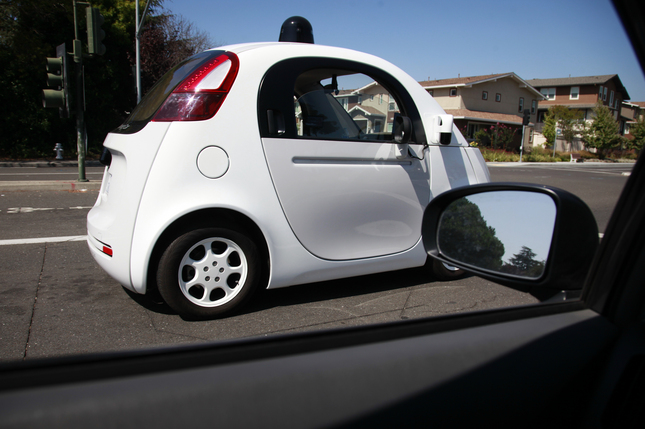Q: Gary Oliver of Hemet asked if the 55 mph speed limit for semi-trucks and vehicles towing trailers has been changed. Oliver said it doesn’t seem like this law is being enforced anymore. Recently, Oliver said, he was driving east on the San Bernardino Freeway from Banning and a few vehicles towing a boat and a trailer passed him doing at least 70 mph; he was also passed by a semi-truck exceeding 55 mph. “This is not the first time on that freeway that I have seen this,” Oliver said.
A: The law is still the same: semi-trucks and any vehicle towing anything must drive no faster than 55 mph. These vehicles described by our reader were speeding or unaware of the law. The California Highway Patrol tries to enforce as many of these violations as possible, but officers are not always around at the right time. “Collisions take priority. If there are collisions, we are taken away from doing enforcement,” said CHP Officer Dan Olivas of the Riverside office.
Q: Rialto resident Don Olinger asked about driverless cars, also known as autonomous vehicles. He wants to know how they respond to a police officer trying to pull them over for a possible traffic violation and who is responsible for the ticket. “If they are not at the wheel and are not making the decision, who is making the decision?” he asked.
A: Currently, there are no driverless vehicle testing permits issued in California, so there are no driverless vehicles, or cars on California roads with no driver at all. The Department of Motor Vehicles is reviewing two driverless testing permit applications, said DMV spokeswoman Jessica Gonzalez.
“The driverless testing regulations lay out the rules that a permit holder must follow when it comes to interaction with law enforcement and first responders,” Gonzalez said. “Under the driverless testing regulations, the manufacturer must provide a law enforcement interaction plan which explains how law enforcement and first responders should interact with that particular vehicle. But again, there is no law enforcement interaction plan because a driverless testing permit has not been issued. Currently, only testing autonomous vehicles with a driver is allowed.”
Interestingly, San Francisco police in March cited a self-driving car test driver in San Francisco for cutting off a pedestrian in a crosswalk. General Motors, which operates the Cruise program and owns the car, disputed the ticket, which was for failing to yield to a pedestrian. GM claimed the pedestrian, who was not injured, was far enough away from the car. It was in self-driving mode at the time with a test driver behind the wheel. San Francisco Police took the position in this incident that the person in the vehicle is responsible for it and cited the test driver.
Q: Claremont resident Andrew Goldstein asked if there is a law specifying the location of headlights on a vehicle relative to its height and if the CHP enforces it. He explained that if a pickup truck has been modified to increase the body height (lifted) and tire diameter, the headlights would naturally be raised in height in relation to the road, causing glare for oncoming traffic and other drivers.
A: If a vehicle is raised or lifted, then, as Goldstein noted, the lights will project or hit the road in a higher place. They are supposed to be adjusted to avoid that, Riverside CHP Officer Dan Olivas said. He added, “If it’s an obvious issue or if it’s blinding other drivers in the other direction, we will stop someone.”
California Vehicle Code 24400 (a) is the legal authority on where the lights should hit. It says, “A motor vehicle, other than a motorcycle, shall be equipped with at least two headlamps, with at least one on each side of the front of the vehicle, and, except as to vehicles registered prior to January 1, 1930, they shall be located directly above or in advance of the front axle of the vehicle. The headlamps and every light source in any headlamp unit shall be located at a height of not more than 54 inches nor less than 22 inches.”
Do you commute to work in the Inland Empire? Spend a lot of time in your vehicle? Have questions about driving, freeways, toll roads or parking? If so, write or call On the Road and we’ll try to answer your questions. Please include your question or issue, name, city of residence, phone number and email address. Write ontheroad@pe.com or call 951-368-9670.
[ad_2]
Source link

